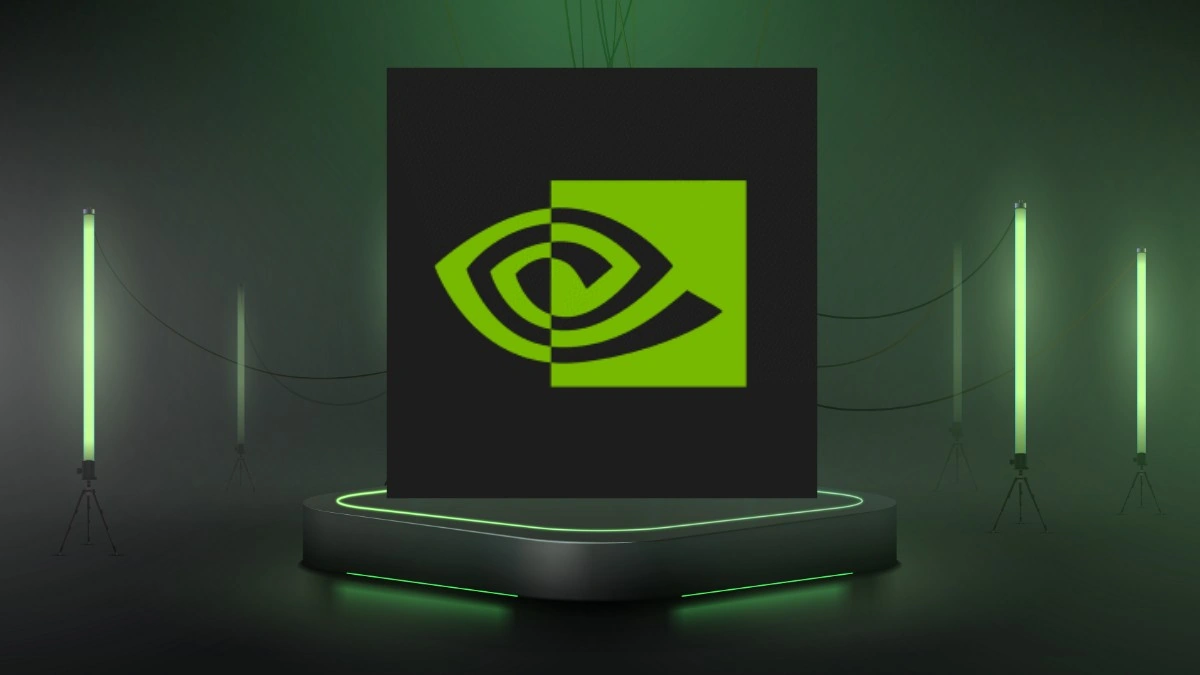So, China’s customs officials are clamping down on Nvidia processors. At first glance, it’s just another news story about trade and technology. But here’s the thing: this isn’t just about chips and regulations. It’s about a bigger game, a silent war for technological dominance, and it’s going to impact everything from your next smartphone to the future of AI in India.
The “Why” | More Than Just Trade

Let’s be honest, trade restrictions aren’t exactly new. But the specific focus on Nvidia’s chips – particularly their high-performance GPUs – is what makes this significant. We’re not talking about run-of-the-mill processors here. These are the brains behind AI, machine learning, and data centers. Think about it: self-driving cars, advanced medical diagnostics, even predicting weather patterns all heavily reliant on the kind of processing power Nvidia provides. The Chinese government is likely trying to secure domestic alternatives and reduce reliance on foreign tech. This could boost local chip manufacturers in the long run. And, of course, there are geopolitical implications that can lead to supply chain disruptions and changes in global trade dynamics.
The Impact on India | A Mixed Bag
Now, how does this affect us here in India? Well, in a few interesting ways. For one, India’s growing tech sector relies on these very processors. Indian companies developing AI solutions, cloud computing infrastructure, or even gaming technologies are going to feel the pinch if Nvidia chip supplies become limited or more expensive. But and this is a big but it also presents an opportunity. India has been pushing for self-reliance in technology, and this could be the push needed to further develop our own semiconductor industry. The tightening grip on Nvidia chips may incentivize domestic investment and innovation in chip design and manufacturing.
Decoding the Tech Jargon | What’s a GPU Anyway?
Let’s rephrase that for clarity: What is a GPU and why should you care? GPU stands for Graphics Processing Unit, and while they started as processors for rendering images in video games, they’ve become powerhouses for general-purpose computing. That’s why they’re so crucial for AI and machine learning. The parallel processing capabilities of GPUs make them ideal for handling the massive amounts of data required for these applications. So, when you hear about Nvidia being a key player in AI, remember it’s because of their GPUs. According to a report on Wikipedia , “GPUs have evolved into highly programmable processors, enabling researchers and developers to accelerate complex computations in diverse fields.” What fascinates me is how this technology, initially meant for gaming, has become central to the future of innovation.
Supply Chain Realities and Price Fluctuations
Okay, let’s get practical. What does this mean for the average tech consumer in India? The immediate impact is likely to be on prices. If supply decreases and demand remains high, you can bet that the cost of Nvidia graphics cards and other products that rely on these processors will go up. We might also see longer lead times for certain tech products. But, there is a silver lining. This situation could push manufacturers to explore alternative chip suppliers, potentially leading to greater diversification and resilience in the global supply chain . This is especially true for smaller companies that cannot afford the increased chip prices. If you are looking for alternative devices, consider checking out Apple Vision Pro .
Looking Ahead | The Future of Tech is Intertwined
Here’s the thing: this situation with Nvidia and China is a symptom of a larger trend – the increasing intertwining of technology, geopolitics, and economics. It’s a complex web, and it’s not going to unravel anytime soon. For India, it’s a wake-up call to invest in our own technological capabilities, to foster innovation, and to build a resilient tech ecosystem. The future belongs to those who can control their own technological destiny. The tightening of regulations on AI chips is a crucial detail to consider. As stated on a recent blog about iPhone rumors , future products may be dependent on AI technology.
FAQ Section
Frequently Asked Questions
Will this affect the availability of Nvidia graphics cards in India?
Potentially, yes. If China restricts Nvidia chip exports, it could lead to shortages and price increases in the Indian market.
Could this benefit Indian chip manufacturers?
Absolutely. It could incentivize investment and innovation in the Indian semiconductor industry, helping to reduce reliance on foreign suppliers.
What does this mean for AI development in India?
Indian companies relying on Nvidia GPUs for AI development might face challenges in the short term, but it could also spur them to seek alternative solutions.
Are there alternative chip suppliers India can turn to?
Yes, there are other players in the market, but switching suppliers can take time and may require adapting to different architectures.
How will this affect the price of electronics in India?
If the cost of Nvidia chips goes up, it’s likely that the prices of electronics that rely on them will also increase.
Where can I get reliable updates on this issue?
Follow reputable tech news sources and industry analysts for the latest developments.




